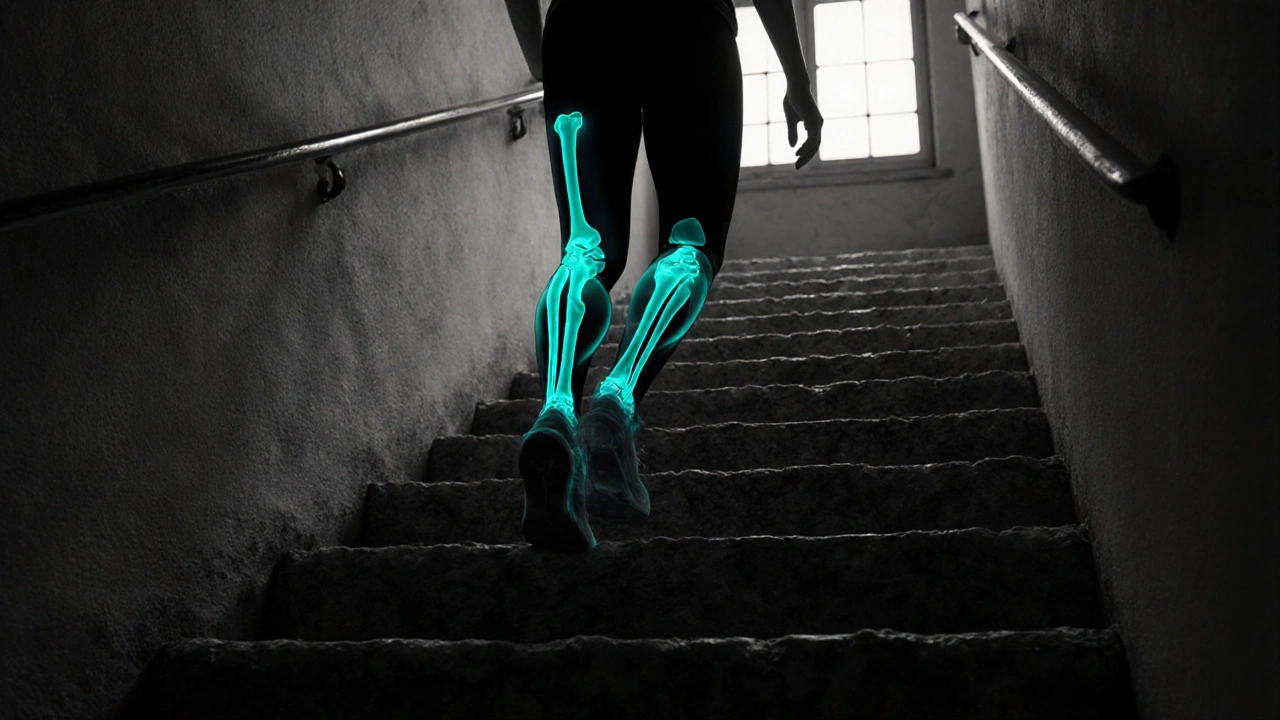Bone Loss
When dealing with bone loss, the gradual reduction of bone mass that raises fracture risk. Also known as skeletal demineralization, it can arise from age, hormones, nutrition, or disease.
One of the most common forms of bone loss is osteoporosis, a condition where bones become porous and fragile. It mostly affects post‑menopausal women but can hit anyone with long‑term steroid use or low body weight. Osteoporosis drives most fractures in the hip, wrist, and spine, making early detection crucial.
A root cause that fuels both osteoporosis and general bone loss is calcium deficiency, insufficient dietary calcium needed for bone remodeling. When calcium intake falls short, the body leaches calcium from bone to keep blood levels steady, weakening the skeleton over time. Dairy, leafy greens, and fortified foods are the easiest ways to meet daily needs.
Even with enough calcium, the body still needs vitamin D, the fat‑soluble vitamin that helps absorb calcium from the gut. Low sun exposure, winter months, or malabsorption can drop vitamin D levels, leaving calcium stranded in the intestine. Supplementing or safe sun exposure can restore that vital link between diet and bone health.
Detecting bone loss early relies on a bone density test, typically a DEXA scan that measures mineral content in the spine and hip. The test returns a T‑score that tells you if you’re normal, osteopenic, or osteoporotic. Regular screening after age 50—or sooner with risk factors—lets doctors intervene before fractures occur.
Beyond nutrients, lifestyle choices shape bone health. Weight‑bearing exercises like walking, jogging, or resistance training stimulate osteoblasts, the cells that build bone. Smoking and excess alcohol, on the other hand, accelerate bone resorption. Even simple habits—standing up regularly, maintaining a healthy weight—make a measurable difference.
Practical Steps to Mitigate Bone Loss
To protect yourself, combine proper nutrition, safe sun, and active movement. Aim for 1,200 mg of calcium and 800‑1,000 IU of vitamin D daily, get a DEXA scan as recommended, and fit strength‑training sessions into your week. If you have medical conditions or take medications that affect bone, talk to a healthcare provider about targeted therapies.
Below you’ll find a curated list of articles that dig deeper into each of these topics—comparisons of medications, detailed guides on supplements, and actionable tips you can start using today. Explore the resources to build a solid plan against bone loss.
Why Exercise Is Key to Preventing Bone Loss
Discover how regular exercise, especially weight‑bearing and resistance training, can prevent bone loss, boost bone density, and reduce osteoporosis risk.
